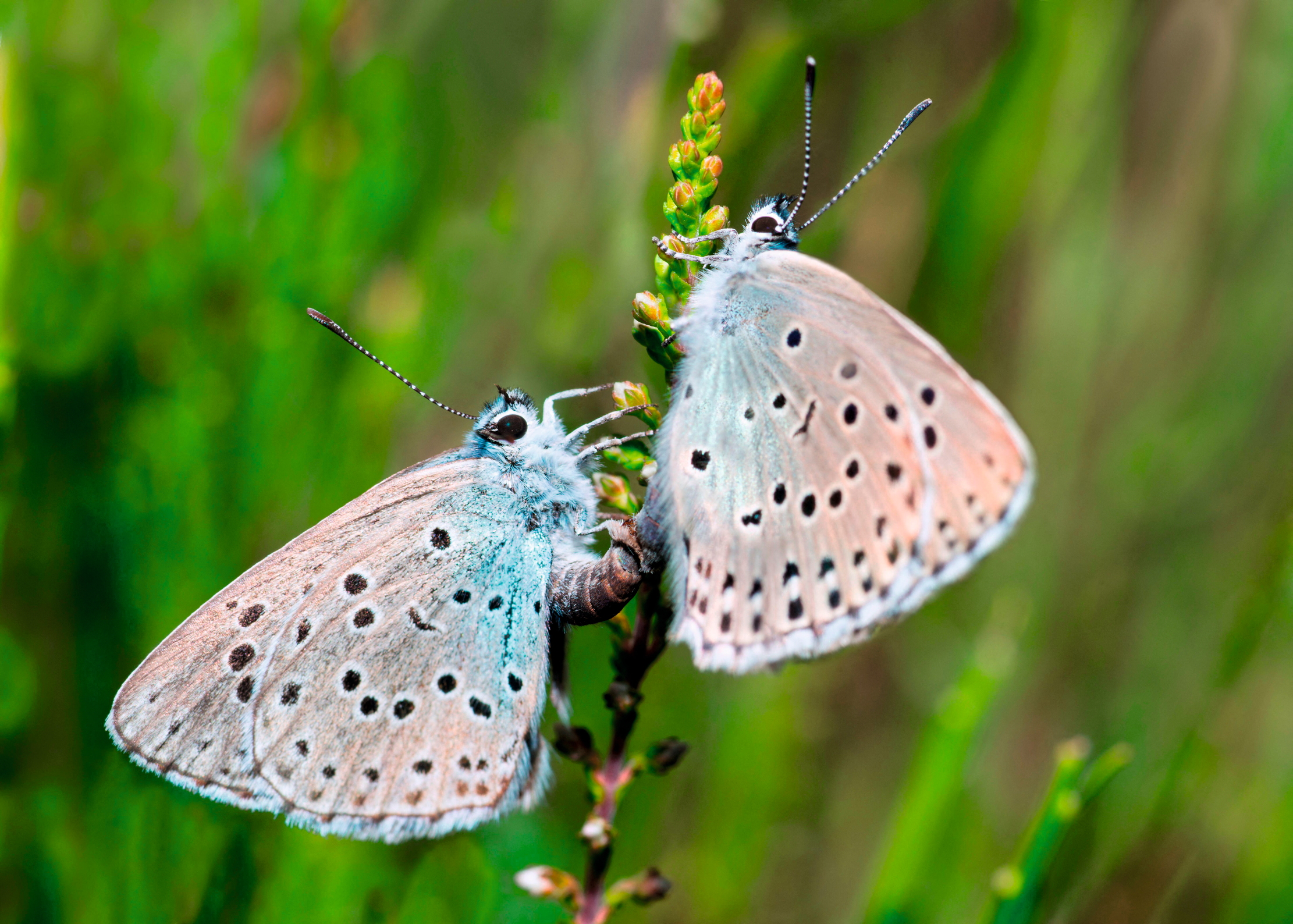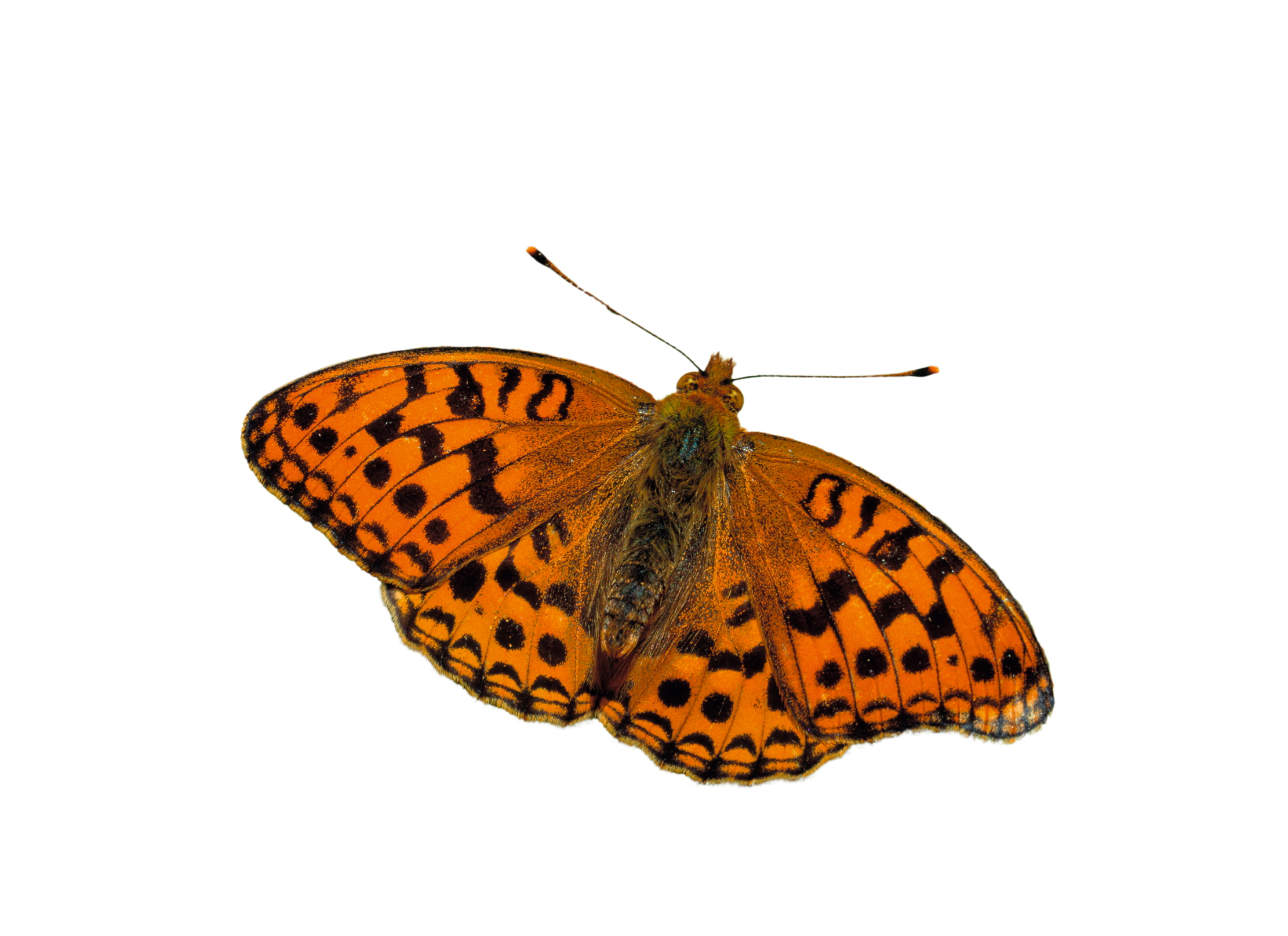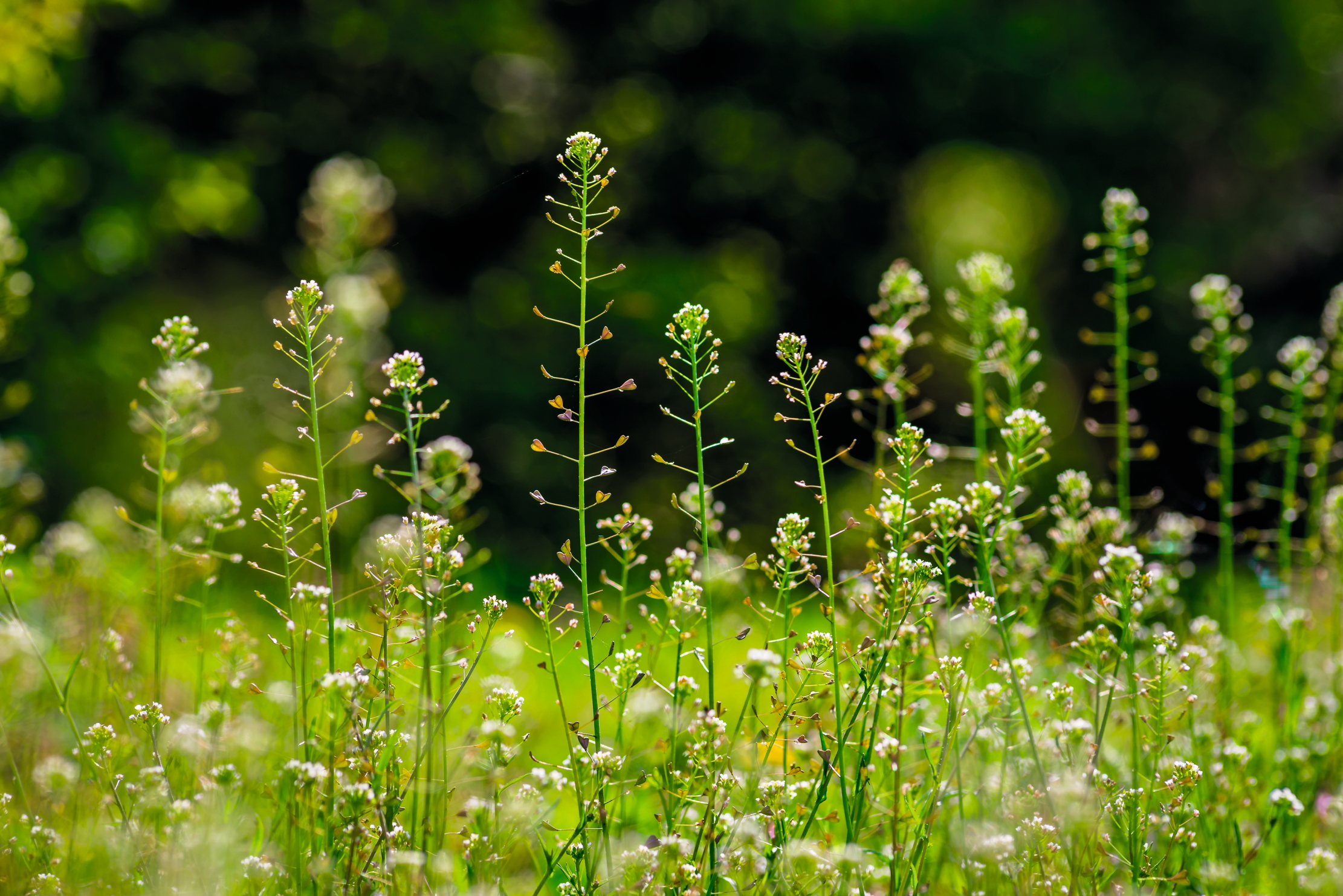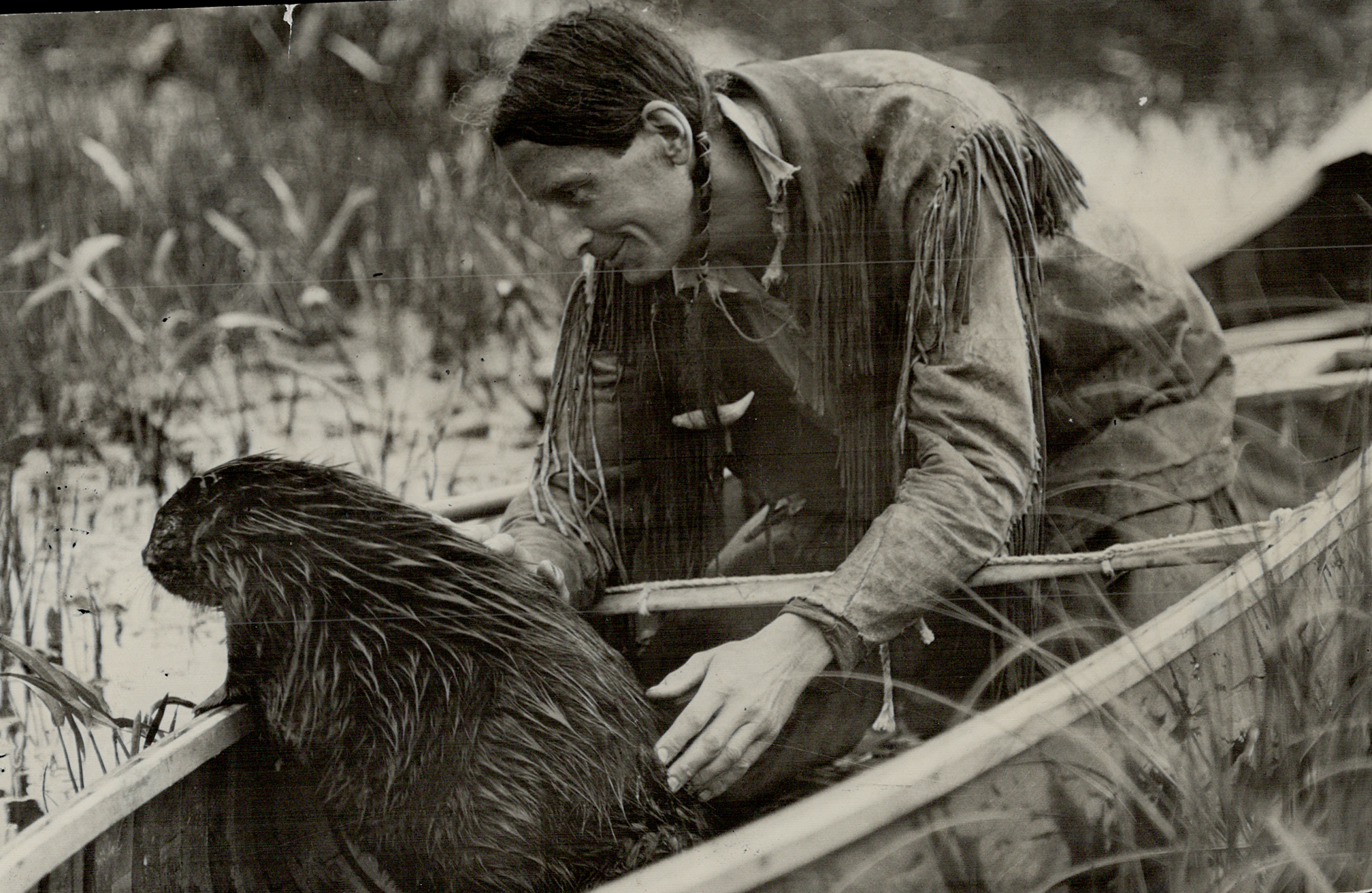From the 'gatekeeper' to the 'Scotch argus', where did butterflies and moths get their strange names?
Members of the Society of Aurelians were artists, designers, silk traders and men-of-letters. So what inspired them to coin the many names of butterflies and moths we use today? The answer, reveals Peter Marren is beauty.


The names of our butterflies are so familiar now that it is easy to miss how strange they are. Some are baldly descriptive: there’s a large white (Pieris brassicae) and a small white (Pieris rapae); a large blue (Phengaris arion) and a small blue (Cupido minimus).
Yet we also have the more cryptic grayling (Hipparchia semele), gatekeeper (Pyronia tithonus), Scotch argus (Erebia aethiops) and wall (Lasiommata megera). We have a quintet with linear markings called hairstreaks and a group with chequered wings called fritillaries. These names are full of words that passed out of everyday use some time ago.
Who coined these unusual monikers? Who decided that one butterfly looked like a wall and that another recalled the many-eyed guardian Argus? It is possible to trace the history of butterfly names in a succession of beautifully illustrated books published during the 18th and early 19th centuries.
It emerges that the point of origin is the world’s earliest entomological society, which was founded in London about 300 years ago. It was called the Society of Aurelians or, simply, the Aurelians. Aurelian — ‘the golden one’ — was the 18th-century word for what we would now call a lepidopterist, one who is keenly interested in the Lepidoptera, the family of butterflies and moths.

We know about some of the society’s members and none of them was what we would call a scientist. Instead, they were artists, designers, men of letters and traders in silk and other fabrics. What seems to have united them was a keen sense of beauty. They were all men — formal clubs were men only — but some Society ladies were equally entranced by butterflies and moths, including Margaret Cavendish Bentinck, Duchess of Portland, one of the original Bluestockings. A pretty moth, the Portland, is still named after her.
When you talk about butterflies, you need identifying names. Up until then, only a few species had been individualised by folk titles, such as ‘admiral’ or ‘painted lady’—the rest were merely ‘butterflies’. It was the Aurelians who coined many of the names we use today.
What stands out is their sense of colour. Take the high brown fritillary (Fabriciana adippe). Its beautiful, chequered markings explain ‘fritillary’, a name the butterfly shares with a similarly patterned lily, but ‘high’ doesn’t denote its flying habits. It meant a rich shade of brown, as opposed to ‘sad brown’, that is, dull brown. It was the sort of phrase that only an artist would use.
Sign up for the Country Life Newsletter
Exquisite houses, the beauty of Nature, and how to get the most from your life, straight to your inbox.
Colour sense is also apparent in names such as silver-washed fritillary (Argynnis paphia). Peer closely at the underside of the hind-wings of this butterfly and you do, indeed, find a beautiful wash of silver, which seems to wet the surface as if applied by an artist’s brush. An equally sure appreciation of colour marked out the clouded yellow, a butterfly with a background colour of rich, saffron-yellow, seen as if suffused through vapour, with margins the colour of thunder clouds.
The names of butterflies match their hues and markings, but what really stretched the imaginations of the Aurelians was moths. Britain has only some 60 butterflies, but nearly 40 times that many moths. Less colourful than butterflies, many moths are shades of brown or grey that help to camouflage them during daylight hours. To name them, the Aurelians drew not on colours, but rather on shapes, textures and markings, naming some after people.

Some rather plain moths were called Quakers (Orthosia cerasi), after the homespun garb worn by early members of that religious sect. Equally plain, but darker moths became rustics (Hoplodrina blanda), for the weather-beaten clothing of the rural poor. The stiff posture, slim outline and beady-eyed heads of another group suggested footmen (some of the Aurelians would most certainly have had a footman or two in their houses).
There is quite a variety of mothy footmen, including a presumably ancient hoary footman (Eilema caniola), a pint-sized pigmy footman (Manulea pygmaeola), a disgracefully scruffy dingy footman (Collita griseola) and even a crimson speckled footman (Utetheisa pulchella), perhaps a retainer suffering from the measles.
Other names suggest objects in a well-to-do Georgian parlour. Moths with broad wings bearing Persian-like patterns were named carpets (not to be confused with moths that actually eat carpets: the latter are called clothes moths). A resemblance to the grain of wood-panelled walls created the wainscots, a group that lives among reeds. Others with distinctive shapes gave us the tussocks, lappets and festoon (Apoda limacodes). The Georgian lady’s favourite pet is immortalised in a group of tiny moths called pugs, with outspread wings that unconsciously mimic the shape of the dog’s wide-eyed, jowly face.
Given that the Aurelians included silk-designers and traders among their number, it is not surprising to find the names of different fabrics among the moths. We find satin moths (Leucoma salicis), muslin moths (Diaphora mendica) and tissue moths (Triphosa dubitata), for tissue was then a fabric, not a Kleenex. There are moths named after fine lace or with raised patterns known as brocades.

One of the odder names is lutestring. Here, again, the Aurelians were probably not thinking about stringed instruments so much as fabrics, for lutestring was the anglicised name of the lustrous material known as lustrine; these are shiny moths. There are even moths called shoulder-knots, named after a forgotten fashion of menswear in which coats were decorated with a twist of ribbon at the shoulder.
The moths known as beauties are, surprisingly, rather dull and grey. Yet amid their over-all greyness, our artistically minded Aurelians discerned all kinds of subtle hues and twists — they obviously found Nature’s colours, even tones of grey, genuinely inspiring.
Beyond the names that suggest a wood-lined parlour or the display window of a dressmaker, there are others that read like pure poetry. How cheering it would be, at the end of a long winter, to spot a moth named the spring usher (Agriopis leucophaearia).
What a delight to discover that an especially pretty, speckled-green moth is called the merveille du jour (Griposia aprilina) — although it might seem odd that this ‘marvel of the day’ only flies at night. Merveille du jour, however, was an everyday expression back then, used on occasions when we might say ‘super-duper’ or ‘the bee’s knees’.
The great good fortune is that these old names live on, although few of us now live in wood-panelled rooms and know a tussock from a festoon. They stand incongruously alongside the Latin names of later invention: pools of poetry from the age of Pope and Swift, lurking inside a scientific textbook.

The mystery of the hedge: How an exhibition on these living walls seeks to explain our fascination with their place in the landscape
Gareth Gardner wondered if he was the only photographer interested in hedges. Now he has the answer.

18 of the best places across Britain to go and see bluebells this spring
We round up the best gardens to visit to see carpets of bluebells this spring and explain how to tell

Credit: Victoria Moloman/Shutterstock
The neglected weed with 100 different names that 'deserves more than a passing thought'
Shepherd's purse is a common sight in our hedgerows, but there is much more to this plant than what meets
Country Life is unlike any other magazine: the only glossy weekly on the newsstand and the only magazine that has been guest-edited by HRH The King not once, but twice. It is a celebration of modern rural life and all its diverse joys and pleasures — that was first published in Queen Victoria's Diamond Jubilee year. Our eclectic mixture of witty and informative content — from the most up-to-date property news and commentary and a coveted glimpse inside some of the UK's best houses and gardens, to gardening, the arts and interior design, written by experts in their field — still cannot be found in print or online, anywhere else.
-
 What should 1.5 million new homes look like?
What should 1.5 million new homes look like?The King's recent visit to Nansledan with the Prime Minister gives us a clue as to Labour's plans, but what are the benefits of traditional architecture? And can they solve a housing crisis?
By Lucy Denton
-
 Having a ruff day: Kennel Club exhibition highlights the plight of vulnerable spaniel breeds
Having a ruff day: Kennel Club exhibition highlights the plight of vulnerable spaniel breedsPhotographer Melody Fisher has been travelling the UK taking photographs of ‘vulnerable’ spaniel breeds.
By Annunciata Elwes
-
 Curious Questions: Will the real Welsh daffodil please stand up
Curious Questions: Will the real Welsh daffodil please stand upFor generations, patriotic Welshmen and women have pinned a daffodil to their lapels to celebrate St David’s Day, says David Jones, but most are unaware that there is a separate species unique to the country.
By Country Life
-
 Nobody has ever been able to figure out just how long Britain's coastline is. Here's why.
Nobody has ever been able to figure out just how long Britain's coastline is. Here's why.Welcome to the Coastline Paradox, where trying to find an accurate answer is more of a hindrance than a help.
By Martin Fone
-
 Curious questions: how an underground pond from the last Ice Age almost stopped the Blackwall Tunnel from being built
Curious questions: how an underground pond from the last Ice Age almost stopped the Blackwall Tunnel from being builtYou might think a pond is just a pond. You would be incorrect. Martin Fone tells us the fascinating story of pingo and dew ponds.
By Martin Fone
-
 Curious Questions: What's in a (scientific) name? From Parastratiosphecomyia stratiosphecomyioides to Myxococcus llanfair pwll gwyn gyll go gery chwyrn drobwll llan tysilio gogo goch ensis, and everything in between
Curious Questions: What's in a (scientific) name? From Parastratiosphecomyia stratiosphecomyioides to Myxococcus llanfair pwll gwyn gyll go gery chwyrn drobwll llan tysilio gogo goch ensis, and everything in betweenScientific names are baffling to the layman, but carry all sorts of meanings to those who coin each new term. Martin Fone explains.
By Martin Fone
-
 Curious Questions: How did a scrotum joke confuse paleontologists for generations?
Curious Questions: How did a scrotum joke confuse paleontologists for generations?One of the earliest depictions of a fossil prompted a joke — or perhaps a misunderstanding — which coloured the view of dinosaur fossils for years. Martin Fone tells the tale of 'scrotum humanum'.
By Martin Fone
-
 Curious Questions: Why do so many animals have bright white bottoms?
Curious Questions: Why do so many animals have bright white bottoms?Why do so many animals have such obviously flashy appendages, asks Laura Parker, as she examines scuts, rumps and rears.
By Laura Parker
-
 The 1930s eco-warrior who inspired David Attenborough and The Queen, only to be unmasked as a hoaxer and 'pretendian' — but his message still rings true
The 1930s eco-warrior who inspired David Attenborough and The Queen, only to be unmasked as a hoaxer and 'pretendian' — but his message still rings trueMartin Fone tells the astonishing story of Grey Owl, who became a household name in the 1930s with his pioneering calls to action to save the environment — using a false identity to do so.
By Martin Fone
-
 Curious Questions: Why do all of Britain's dolphins and whales belong to the King?
Curious Questions: Why do all of Britain's dolphins and whales belong to the King?More species of whale, dolphin and porpoise can be spotted in the UK than anywhere else in northern Europe and all of them, technically, belong to the Monarch. Ben Lerwill takes a look at one of our more obscure laws and why the animals have such an important role to play in the fight against climate change.
By Ben Lerwill